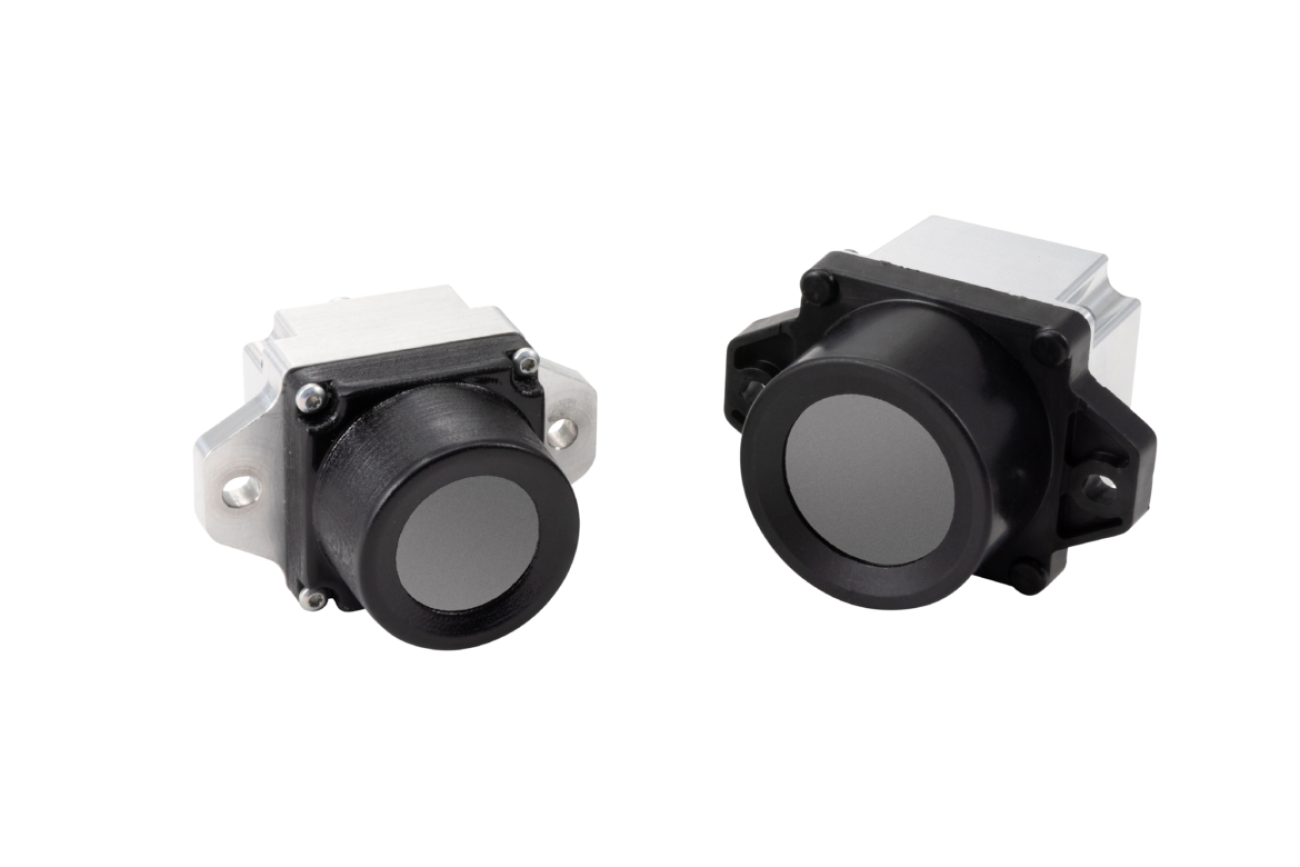Michigan transit agencies try thermal imaging to prevent pedestrian crashes

LANSING — Federal grant money will help Michigan’s Department of Transportation implement increased safety measures for public transit drivers and pedestrians.
MDOT will receive over $500,000 in funding to install thermal imaging cameras on public transit vehicles to help prevent collisions with people and animals in a variety of weather and light conditions.
According to MDOT, the cameras will be installed on up to 60 vehicles at four rural and urban transit agencies: the Blue Water Transit Area in Port Huron, the city of Alma, the Community Action Agency of South Central Michigan based in Battle Creek and the Regional Transit Authority of Southeast Michigan.
The state’s application for the technology started when Janet Geissler, a mobility specialist at the department, saw a news release on such cameras being used on cars to detect pedestrians, cyclists and animals
She said it is a good technology that is applicable to transit vehicles.
She said, “Collisions between transit vehicles and people are a really serious issue.”
Related:
- Drunk driving crashes up in Michigan, but arrests down as enforcement wanes
- Michigan hands-free driving law year one: 19,000 tickets, fewer crashes
- A mileage tax for Michigan motorists? Lawmakers want $5M for pilot program
The cameras will be mounted on various-sized vehicles – large and small buses, vans and motor coaches – she said.
Geissler said visible light cameras are being used to alert drivers of obstacles but don’t work as well in poor lighting conditions.
“The thermal imaging cameras will detect that obstacle, the person, whether it’s nighttime, whether it’s a snowstorm, whether it’s foggy or whether there’s sun glare,” she said. “It will alert the driver, who can then take action to avoid hitting the person.”
“We deliberately chose agencies that will have a variety of lighting conditions and a variety of operating environments,” she said.
Magna Electronics, an Auburn Hills-based company, manufactures the cameras. It uses sensors created by Lynred, a French company that develops infrared detectors.
Menlo Innovations in Ann Arbor will evaluate each transit provider.
Richard Seoane, the vice president of the Thermal Business Unit at Magna Electronics, said the cameras detect pedestrians and animals better in colder temperatures. He said bodies will appear warmer in contrast to snowy or cold conditions.
“If the outside ambient temperature is about the same temperature as a pedestrian, that’s the most challenging for this sensor technology,” said Seoane.
He said the company is improving the algorithms – formulas – it uses to identify pedestrians.
He said the thermal sensors will be able to detect a person from more than 215 yards away, enough distance for the driver to come to a complete stop.
According to Michigan Traffic Crash Facts, there were 2,114 auto crashes involving 2,244 pedestrians across the state in 2023. That’s higher than in 2022 which recorded 1,897 wrecks involving 2,026 pedestrians.
Seoane said thermal cameras have been implemented in cars since 2000, with the first being in the Cadillac DeVille.
He said the most challenging factor in development of the devices is adapting the mounting position of the camera to fit transit vehicles.
“If you’re driving in snowy conditions, you’ll get salt or sand that gets sprayed on the road and it covers the front of your car,” he said. “You want to be high enough up that you’re not getting affected by that and still styled in the vehicle to where it’s not noticeable.”
The cameras will alert the driver if a pedestrian or animal is crossing the road ahead.
In the future, Seoane said Magna plans to be able to show an image to the driver, and eventually be able to have the vehicle brake itself if the driver isn’t paying attention.
The thermal cameras will detect animals as well.
Geissler said, “Michigan has a lot of deer, and deer are responsible for lots of collisions, including with transit vehicles. If we can avoid those collisions, then those transit vehicles can remain in service.”
According to Michigan Traffic Crash Facts, Michigan drivers reported 58,806 crashes involving deer in 2023. Oakland County reported the highest amount with 2,125 crashes.
Geissler said it’s not certain when the cameras will be ready for the testing stage due to the need to implement the technology and enter into contracts. She estimated around nine months.
Seoane said this is the first-generation camera from Magna to include thermal sensors. The four previous generations included only night vision systems, a technology in which Magna is the world leader. The fifth generation will have thermal and night vision systems so it can be used 24/7.
Dave McElroy, the general manager of Blue Water Area Transit, said MDOT reached out to his agency about participating in the project. He said the agency accepted the invitation because it likes to “be ahead of the curve.”
Although he has not seen the technology in person, he said he hopes the technology proves “effective and affordable,” and worth the investment of federal, state and local governments.
Giessler said the entire project is worth $689,665, with $551,732 coming from the federal grant and $137,933 coming from MDOT.
“It’s hard to say exactly how much each camera costs because a lot of other things were factored into that. We budgeted $354,375 for the equipment and supplies,” she said.
She said the department expects to finish the project within two years.
The funding comes from the U.S. Department of Transportation and the Federal Highway Administration under the Advanced Transportation Technology and Innovation program.
The Capital News Service originally published this story.
See what new members are saying about why they donated to Bridge Michigan:
- “In order for this information to be accurate and unbiased it must be underwritten by its readers, not by special interests.” - Larry S.
- “Not many other media sources report on the topics Bridge does.” - Susan B.
- “Your journalism is outstanding and rare these days.” - Mark S.
If you want to ensure the future of nonpartisan, nonprofit Michigan journalism, please become a member today. You, too, will be asked why you donated and maybe we'll feature your quote next time!




